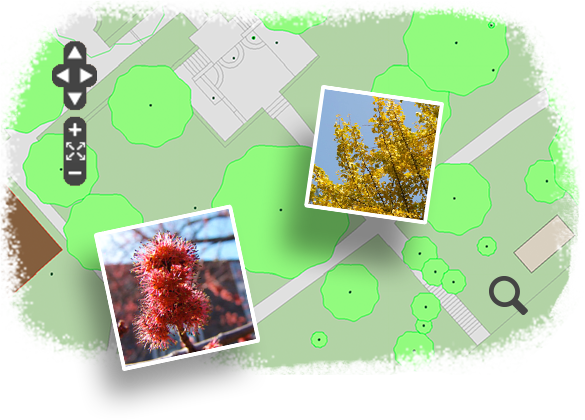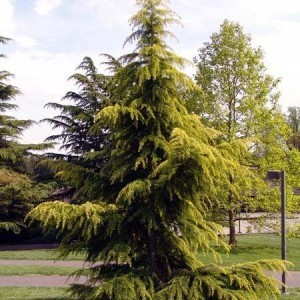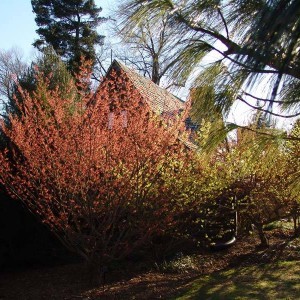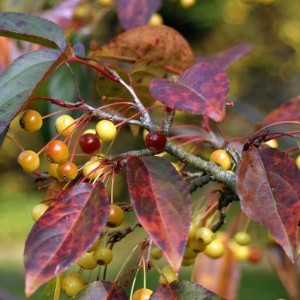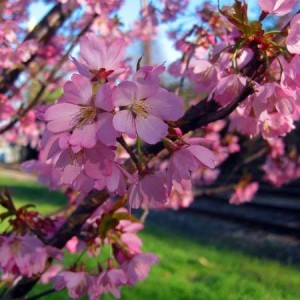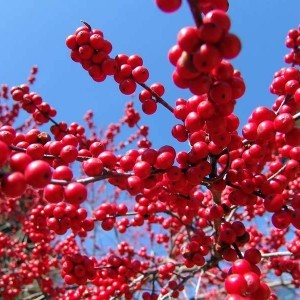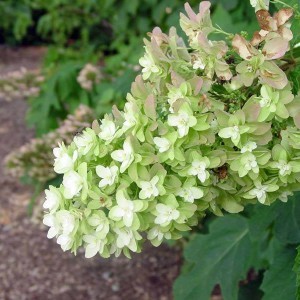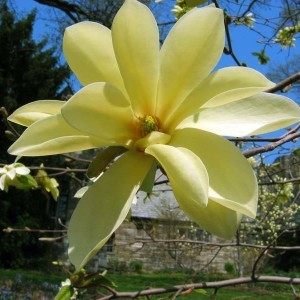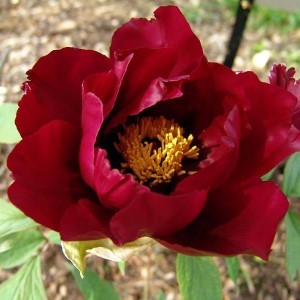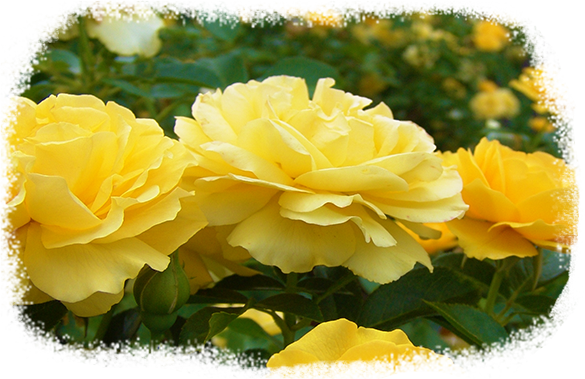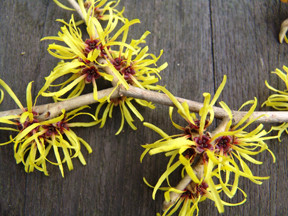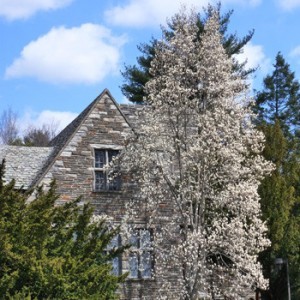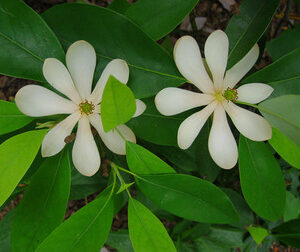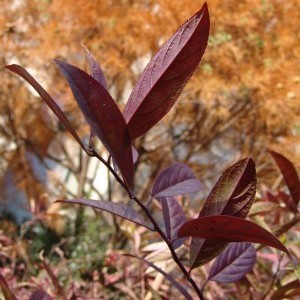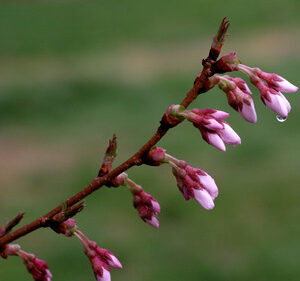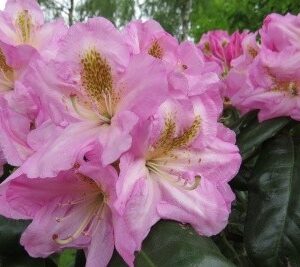Explore Robust Gardens & 4,000 Plant Varieties
The Arboretum’s gardens and collections show how botany, horticulture, and landscaping can be combined. Plants are labeled with their scientific and common names and grouped in collections to make easy comparisons. The collections:
- Represent the horticultural diversity of the Delaware Valley region (Zone 6-7)
- Serve as a living museum for homeowners seeking ideas for their gardens
- Provide an attractive landscape for the college community
Our mature trees and shrubs can help homeowners determine the right plants for their landscaping needs.





